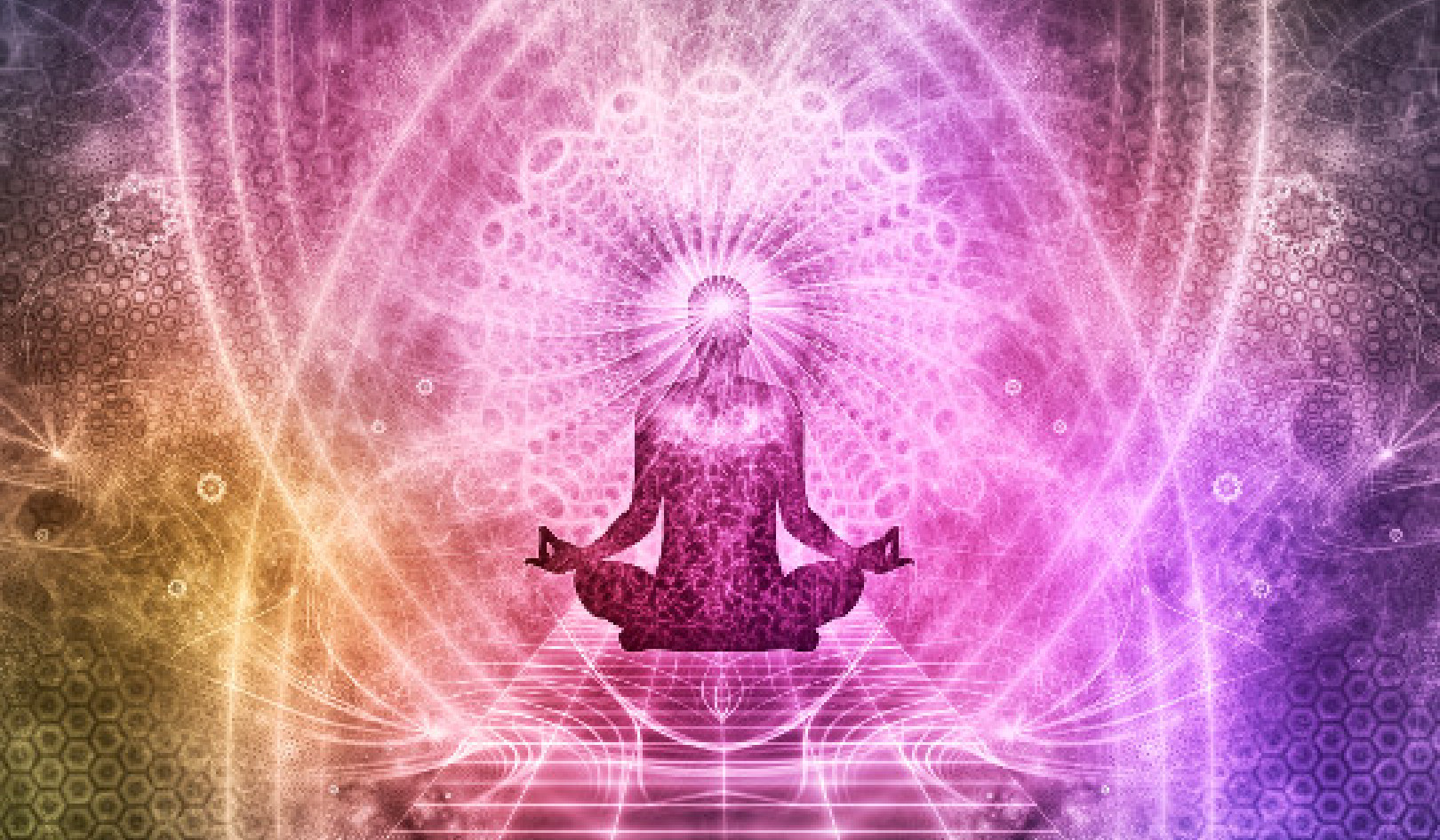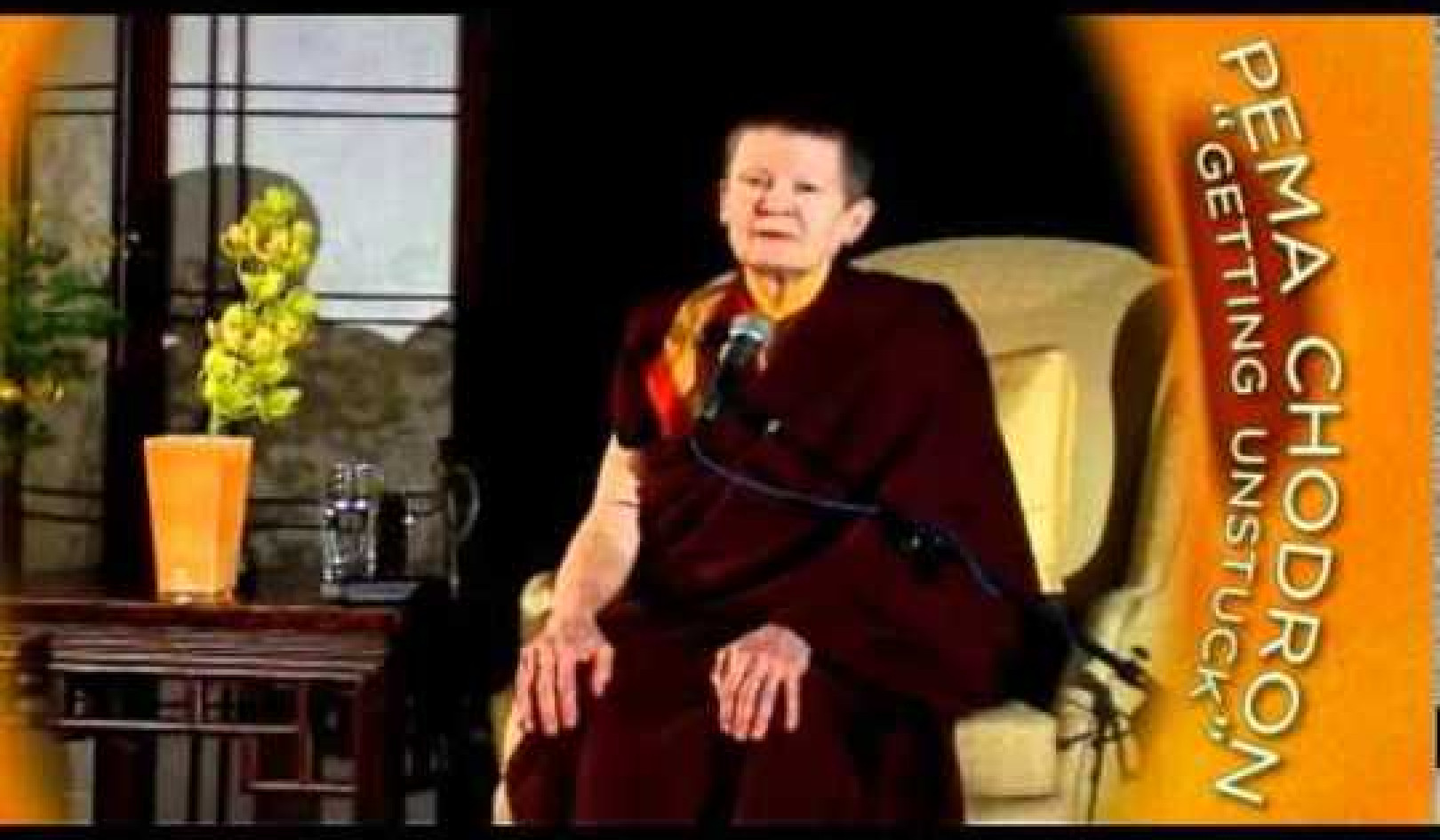 Courtesy Wikipedia
Courtesy Wikipedia
You might think that digital technologies, often considered a product of ‘the West’, would hasten the divergence of Eastern and Western philosophies. But within the study of Vedanta, an ancient Indian school of thought, I see the opposite effect at work. Thanks to our growing familiarity with computing, virtual reality (VR) and artificial intelligence (AI), ‘modern’ societies are now better placed than ever to grasp the insights of this tradition.
Vedanta summarises the metaphysics of the Upanishads, a clutch of Sanskrit religious texts, likely written between 800 and 500 BCE. They form the basis for the many philosophical, spiritual and mystical traditions of the Indian sub-continent. The Upanishads were also a source of inspiration for some modern scientists, including Albert Einstein, Erwin Schrödinger and Werner Heisenberg, as they struggled to comprehend quantum physics of the 20th century.
The Vedantic quest for understanding begins from what it considers the logical starting point: our own consciousness. How can we trust conclusions about what we observe and analyse unless we understand what is doing the observation and analysis? The progress of AI, neural nets and deep learning have inclined some modern observers to claim that the human mind is merely an intricate organic processing machine – and consciousness, if it exists at all, might simply be a property that emerges from information complexity. However, this view fails to explain intractable issues such as the subjective self and our experience of qualia, those aspects of mental content such as ‘redness’ or ‘sweetness’ that we experience during conscious awareness. Figuring out how matter can produce phenomenal consciousness remains the so-called ‘hard problem’.
Vedanta offers a model to integrate subjective consciousness and the information-processing systems of our body and brains. Its theory separates the brain and the senses from the mind. But it also distinguishes the mind from the function of consciousness, which it defines as the ability to experience mental output. We’re familiar with this notion from our digital devices. A camera, microphone or other sensors linked to a computer gather information about the world, and convert the various forms of physical energy – light waves, air pressure-waves and so forth – into digital data, just as our bodily senses do. The central processing unit processes this data and produces relevant outputs. The same is true of our brain. In both contexts, there seems to be little scope for subjective experience to play a role within these mechanisms.
While computers can handle all sorts of processing without our help, we furnish them with a screen as an interface between the machine and ourselves. Similarly, Vedanta postulates that the conscious entity – something it terms the atma – is the observer of the output of the mind. The atma possesses, and is said to be composed of, the fundamental property of consciousness. The concept is explored in many of the meditative practices of Eastern traditions.
You might think of the atma like this. Imagine you’re watching a film in the cinema. It’s a thriller, and you’re anxious about the lead character, trapped in a room. Suddenly, the door in the movie crashes open and there stands… You jump, as if startled. But what is the real threat to you, other than maybe spilling your popcorn? By suspending an awareness of your body in the cinema, and identifying with the character on the screen, we are allowing our emotional state to be manipulated. Vedanta suggests that the atma, the conscious self, identifies with the physical world in a similar fashion.
This idea can also be explored in the all-consuming realm of VR. On entering a game, we might be asked to choose our character or avatar – originally a Sanskrit word, aptly enough, meaning ‘one who descends from a higher dimension’. In older texts, the term often refers to divine incarnations. However, the etymology suits the gamer, as he or she chooses to descend from ‘normal’ reality and enter the VR world. Having specified our avatar’s gender, bodily features, attributes and skills, next we learn how to control its limbs and tools. Soon, our awareness diverts from our physical self to the VR capabilities of the avatar.
In Vedanta psychology, this is akin to the atma adopting the psychological persona-self it calls the ahankara, or the ‘pseudo-ego’. Instead of a detached conscious observer, we choose to define ourselves in terms of our social connections and the physical characteristics of the body. Thus, I come to believe in myself with reference to my gender, race, size, age and so forth, along with the roles and responsibilities of family, work and community. Conditioned by such identification, I indulge in the relevant emotions – some happy, some challenging or distressing – produced by the circumstances I witness myself undergoing.
Within a VR game, our avatar represents a pale imitation of our actual self and its entanglements. In our interactions with the avatar-selves of others, we might reveal little about our true personality or feelings, and know correspondingly little about others’. Indeed, encounters among avatars – particularly when competitive or combative – are often vitriolic, seemingly unrestrained by concern for the feelings of the people behind the avatars. Connections made through online gaming aren’t a substitute for other relationships. Rather, as researchers at Johns Hopkins University have noted, gamers with strong real-world social lives are less likely to fall prey to gaming addiction and depression.
These observations mirror the Vedantic claim that our ability to form meaningful relationships is diminished by absorption in the ahankara, the pseudo-ego. The more I regard myself as a physical entity requiring various forms of sensual gratification, the more likely I am to objectify those who can satisfy my desires, and to forge relationships based on mutual selfishness. But Vedanta suggests that love should emanate from the deepest part of the self, not its assumed persona. Love, it claims, is soul-to-soul experience. Interactions with others on the basis of the ahankara offer only a parody of affection.
As the atma, we remain the same subjective self throughout the whole of our life. Our body, mentality and personality change dramatically – but throughout it all, we know ourselves to be the constant observer. However, seeing everything shift and give way around us, we suspect that we’re also subject to change, ageing and heading for annihilation. Yoga, as systematised by Patanjali – an author or authors, like ‘Homer’, who lived in the 2nd century BCE – is intended to be a practical method for freeing the atma from relentless mental tribulation, and to be properly situated in the reality of pure consciousness.
In VR, we’re often called upon to do battle with evil forces, confronting jeopardy and virtual mortality along the way. Despite our efforts, the inevitable almost always happens: our avatar is killed. Game over. Gamers, especially pathological gamers, are known to become deeply attached to their avatars, and can suffer distress when their avatars are harmed. Fortunately, we’re usually offered another chance: Do you want to play again? Sure enough, we do. Perhaps we create a new avatar, someone more adept, based on the lessons learned last time around. This mirrors the Vedantic concept of reincarnation, specifically in its form of metempsychosis: the transmigration of the conscious self into a new physical vehicle.
Some commentators interpret Vedanta as suggesting that there is no real world, and that all that exists is conscious awareness. However, a broader take on Vedantic texts is more akin to VR. The VR world is wholly data, but it becomes ‘real’ when that information manifests itself to our senses as imagery and sounds on the screen or through a headset. Similarly, for Vedanta, it is the external world’s transitory manifestation as observable objects that makes it less ‘real’ than the perpetual, unchanging nature of the consciousness that observes it.
To the sages of old, immersing ourselves in the ephemeral world means allowing the atma to succumb to an illusion: the illusion that our consciousness is somehow part of an external scene, and must suffer or enjoy along with it. It’s amusing to think what Patanjali and the Vedantic fathers would make of VR: an illusion within an illusion, perhaps, but one that might help us to grasp the potency of their message.![]()
About The Author
Akhandadhi Das is a Vedanta philosopher and Vaishnava Hindu theologian. He is director of Buckland Hall, a conference and retreat centre in Wales, a member of the Science and Philosophy Initiative, and a broadcaster and advisor to the BBC on Indian philosophical and spiritual traditions.
This article was originally published at Aeon and has been republished under Creative Commons.
Related Books
at InnerSelf Market and Amazon


























